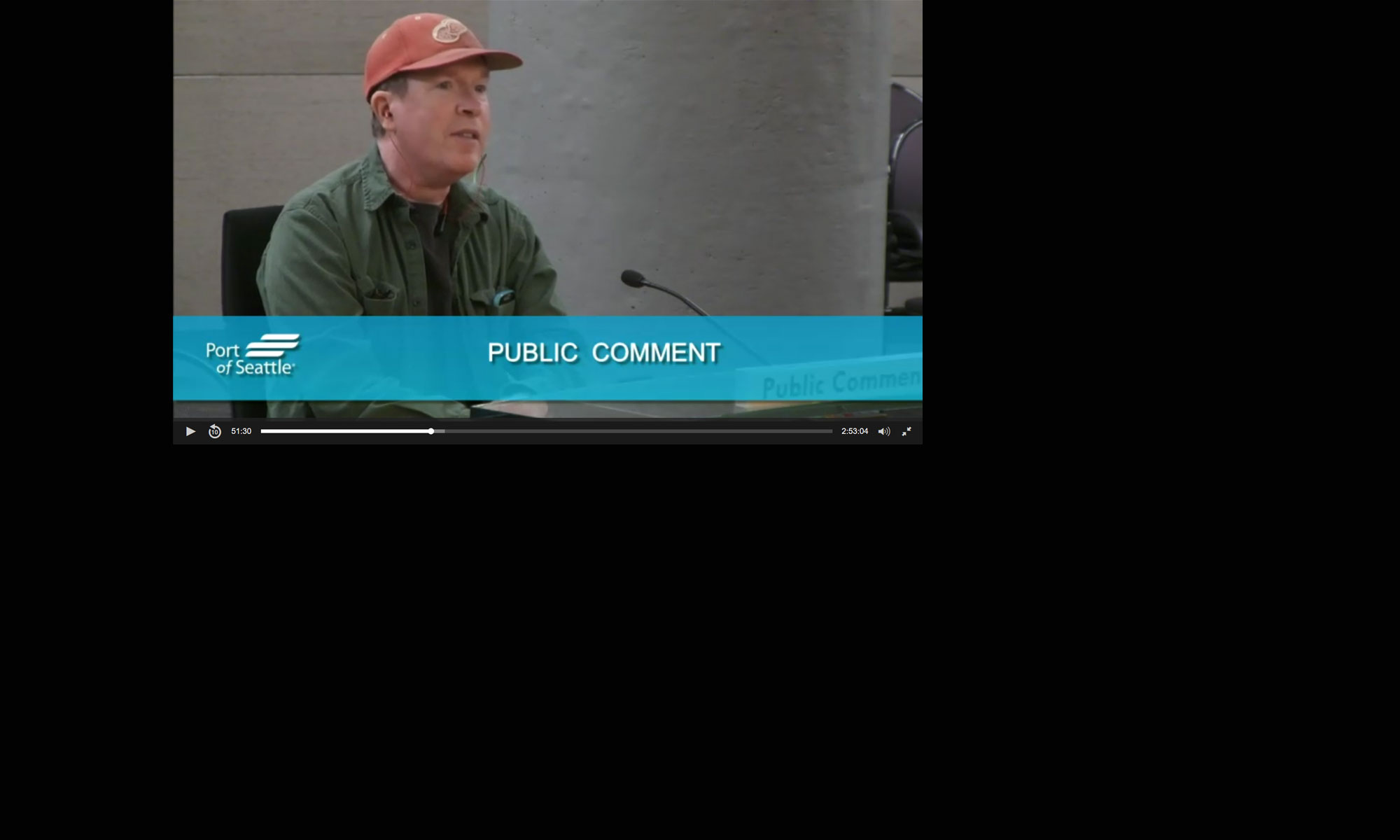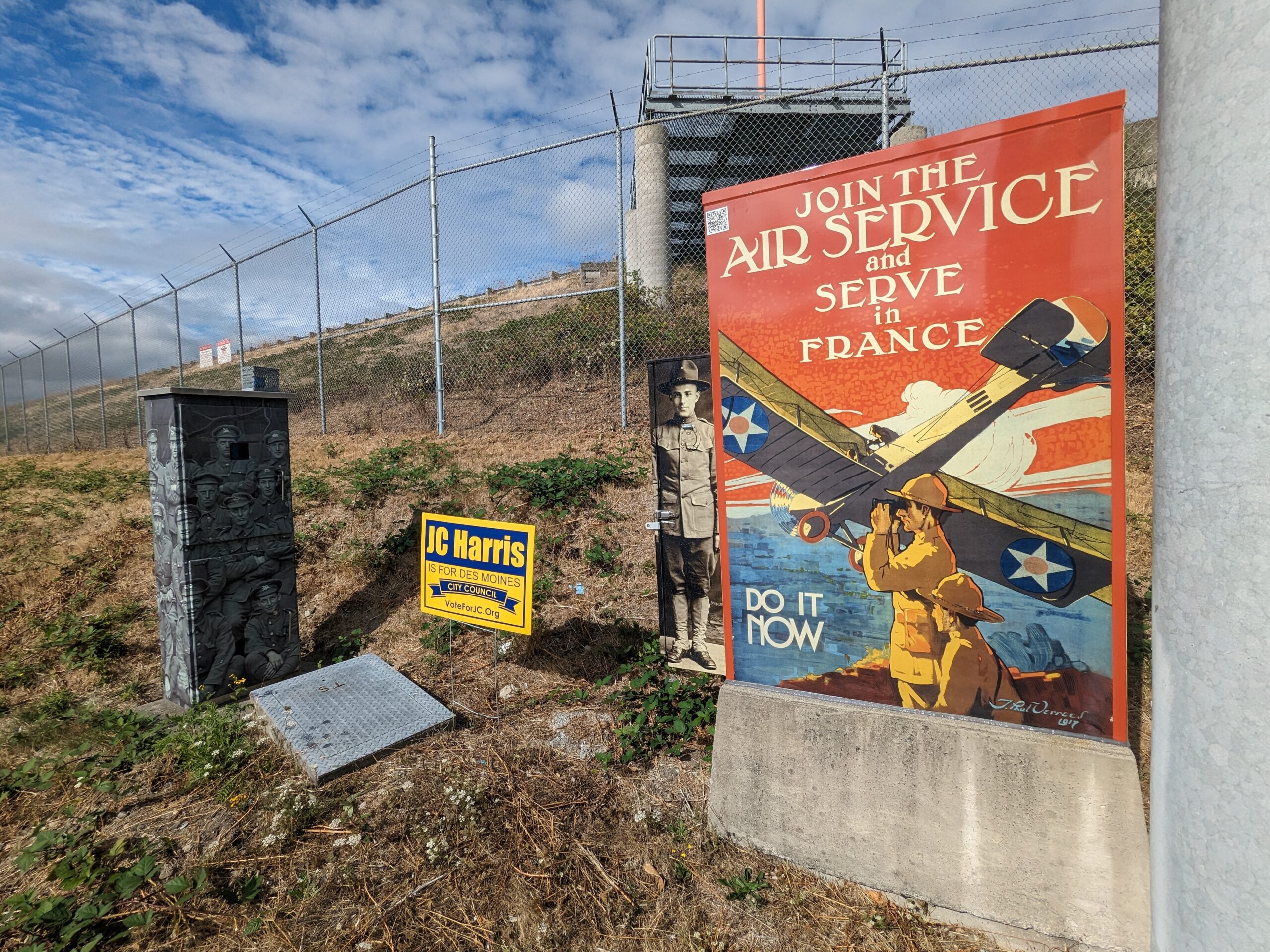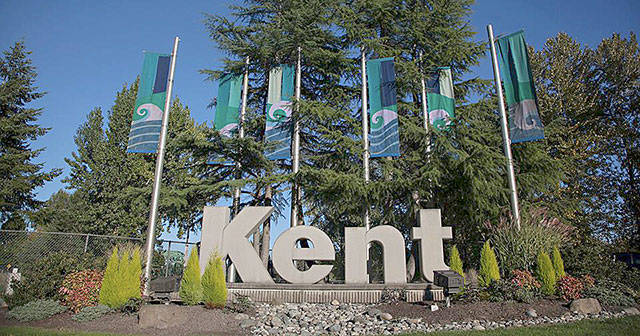Extension will increase revenue by about $2.1M per year
The city of Kent expects to receive an additional $2.1 million per year from its business and occupation (B&O) tax when it extends the square footage component of the tax to include outdoor warehousing activities.
“The purpose is to provide equity amongst taxpayers for those conducting warehousing activity, inside or outside the walls,” said city Finance Director Paula Painter during a Sept. 8 report at the Kent City Council’s Committee of the Whole remote meeting.
The amendment, approved Sept. 15 by the council with a 6-0 vote, becomes effective Jan. 1, 2021.
The general manager of Manheim Seattle, which conducts auto auctions at its Kent facility, 19711 77th Ave. S., asked in an email during the public comment period of the remote council meeting that the council wait to approve the tax extension until the company had more time to study the potential financial impact of the tax.
But the council decided against any delay after city staff explained they had reached out to Manheim officials starting in May to alert them to the potential tax change and to schedule any meetings to discuss the issue. Manheim and city staff agreed to meet in July but Manheim canceled the meeting, according to city staff. The company talked with city staff on Sept. 15.
The city uses B&O tax revenue to pay for transportation projects as well as capital projects, including parks. City staff expects to collect $14.9 million in B&O tax revenue in 2020, according to city documents. That amount could jump to about $17 million in 2021 with the square footage tax extension.
City staff discovered that several businesses were not being taxed because their warehousing activity takes place outside and wasn’t subject to the square footage of a building.
“The purpose of the square footage component is to ensure equity taxing based on the size and use of buildings,” Painter said, as opposed to companies paying a gross receipts tax, it must pay the higher of the two. “There’s still inequity in square footage area, with the result that there is a component to operate warehousing not only within the walls but also in an outdoor setting that is not being subject to tax. Whether they are working inside four walls or outside in a commercial yard, the city still needs to provide the same level of services and amenities.”
Businesses with outdoor areas larger than 6 acres (361,360 square feet) used for warehousing will be subject to the tax. Many outdoor areas not used for warehousing will remain untaxed. The ordinance does not change the tax rate.
Councilmember Zandria Michaud asked Painter how staff came up with 6 acres as a threshold.
“You don’t want to go after smaller areas, but businesses using large areas for warehousing activity,” Painter said.
The names of the businesses affected cannot be disclosed due to confidentiality requirements under the Kent City Code, Painter said at the Sept. 8 meeting prior to Manheim reaching out by email to the council. She said about a half-dozen businesses will need to pay based on outdoor activity and generate about $2.1 million per year in additional revenue for the city. Staff reached out to each of those companies to let them know about the change.
“They are larger businesses, not the mom and pop shops,” she said.
Council members supported the change.
“It’s a small group we are going after to make sure they pay their fair share,” Councilmember Bill Boyce said.
Painter said the tax makes sense because of the impact of businesses on city services. That impact includes streets that are heavily damaged by warehouses with lots of truck traffic.
“What they will be paying is very small for the amount of business they are doing,” Painter said. “It will put them in line with the amount of land they take up and the amount of services required for the business they do.”




